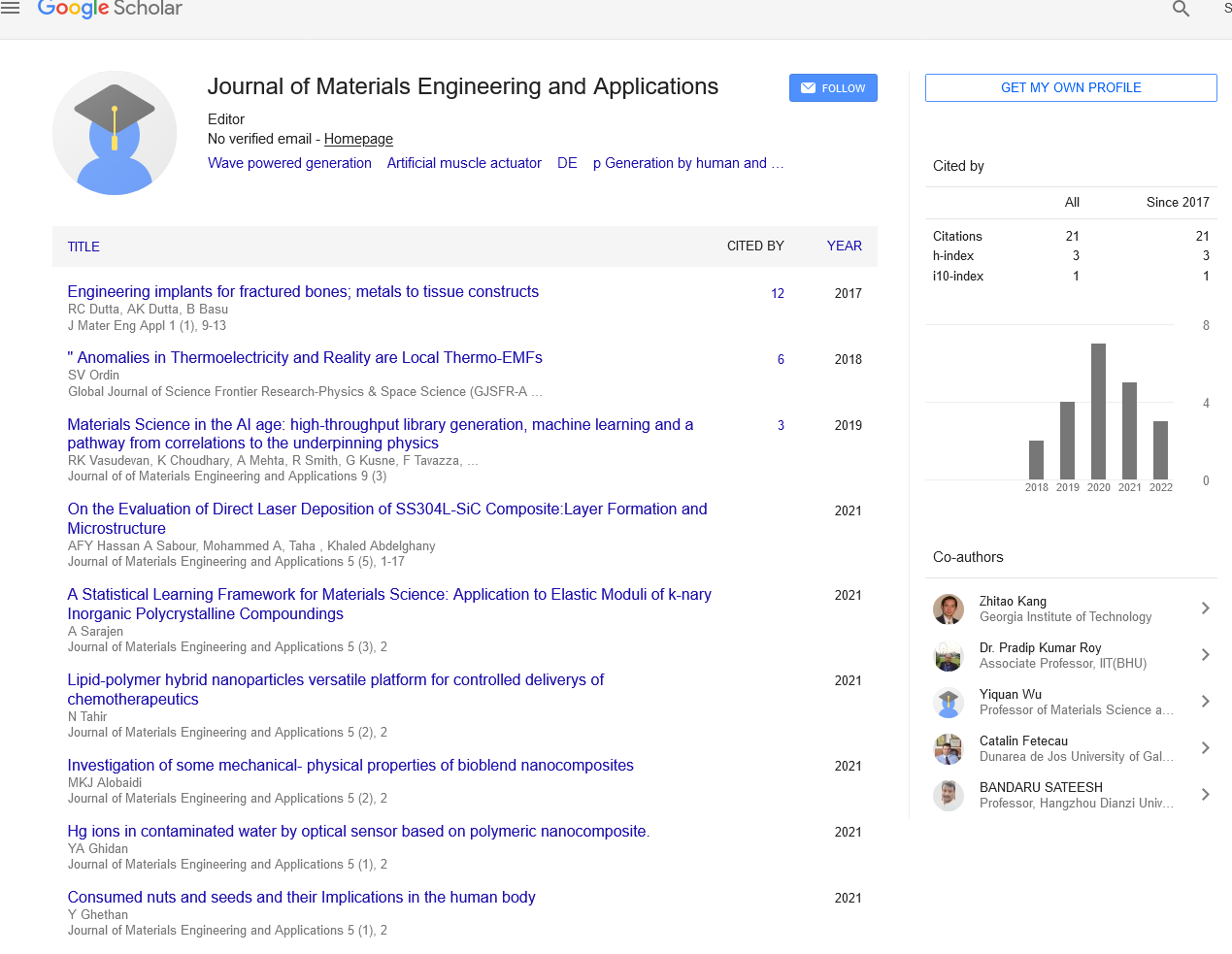
Sign up for email alert when new content gets added: Sign up
Overview of the Advantages and Disadvantages of Different Mucosal Sites for the Delivery of Nanoparticles
3rd International webinar on Theoretical and Applied Nanoscience and Nanotechnology
December 13, 2021 | Webinar
Nashwa Osman
Liverpool John Moores University, UK
ScientificTracks Abstracts: J Mater Eng Appl
Abstract :
Nanoparticles (NPs) often improve the efficacy of therapeutic actives, and their delivery to mucosal sites allows for unique and localized effects compared to parenteral delivery. Sites of mucosal surfaces include the eyes, nasal cavity, lungs, and the entire gastrointestinal tract from mouth to anus, and offers extensive areas for the delivery of therapeutics. However, each mucosal site has unique physiological properties that affect aspects such as stability during the transit to the mucosal surface, release of the active molecules, and absorption of NPs into the body. The required NPS properties also differ based on if the goal is for absorption of intact NPs or release of the active molecules at the mucosal site. Therefore, the interaction of the NPS, with the medium that is in contact with the mucosal surface, the mucus layer, and the epithelial cells, must be considered during the formulation process. This chapter focuses on the advantages and disadvantages of delivering NPS through each major mucosal site and offers indications on NPS properties that may be ideal for each site. Keywords: Nanoparticles, Collagen, delivery.
Biography :
Nashwa Osman obtained my Doctor of Philosophy (PhD) in nanotoxicology where the evaluation of polymeric nanocarriers for pulmonary drug delivery was carried out using in vitro cell lines, from Liverpool John Moores University, and entitled 'Toxicology and Cellular Interactions of Polymer-based Nanocarriers for Pulmonary Drug Delivery '. Upon completion of my PhD, I have joined the FDD group as a Postdoctoral Research Fellow at Liverpool John Moores University, developing vaccines for inhalation delivery using nanocarriers.




